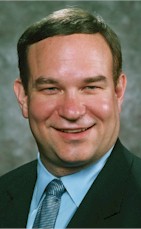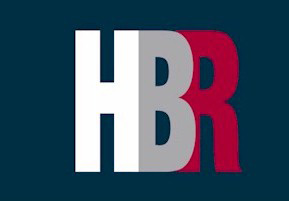

- Hotel Markets & Travel
- Taking the Guest Experience Home? A Look at the Potential of Hotel Brand Extensions
Brand extensions have always been a common part of corporate growth strategies, but have more recently expanded into the hospitality business. From retail and entertainment brands like Restoration Hardware, Taco Bell and Disney, companies from all industries are now looking into brand extensions. This article examines the implications for hospitality brand extensions, provides examples of successful integrations, explains how hotel brands can expand into the retail space, and examines the questions they need to address before doing so. Following these tips will help brands avoid being the next Blockbuster and will ensure longevity in the space. READ MORE











